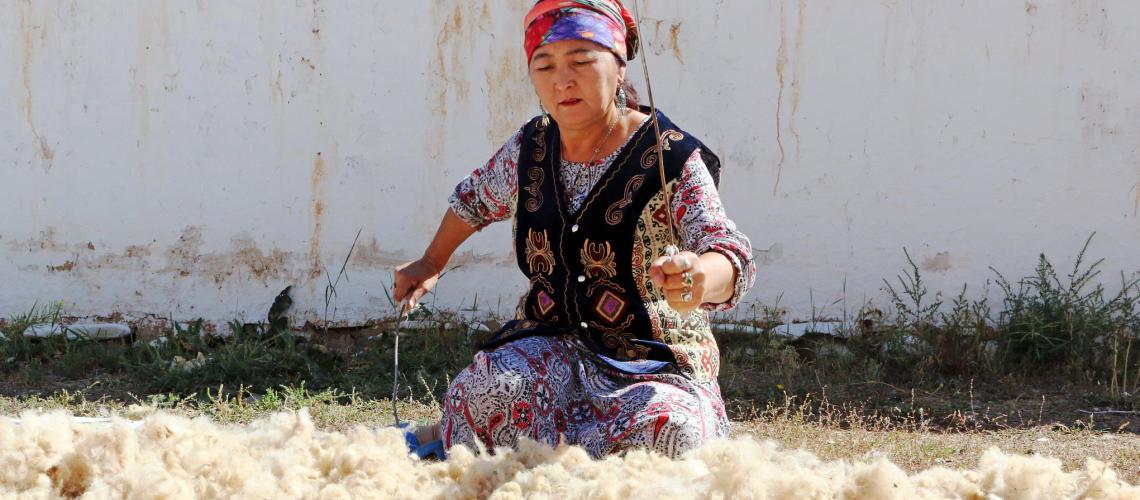
Europe & Central Asia
The Kyrgyz Republic is a landlocked, mountainous country highly exposed to a range of hazards such as earthquakes, avalanche, landslides, or epidemics. The country faces increasingly frequent mudslides and seasonal flooding resulting in significant human and financial losses. The Kyrgyz Republic is classified as the most seismically dangerous territory in Central Asia with an average of 300 earthquakes registered annually. Devastating seismic catastrophes occur every 5–10 years. It is also considered most vulnerable to climate change in Central Asia as it is highly dependent on glacial melt water for agriculture irrigation, natural resources for rural livelihood and energy - 90% of electricity sources comes from hydropower.
In 2020, the Government mobilized the multi-disciplinary expertise of the CADRI Partnership to support a diagnosis of the disaster risk reduction system. A CADRI inter-agency scoping mission has defined the scope, thematic focus, and identified priority sectors: agriculture and food security, environment and water resource management, health, social protection, WASH, education, infrastructure and tourism. The capacity diagnosis has not been completed yet.

